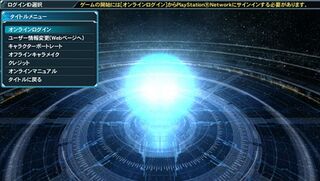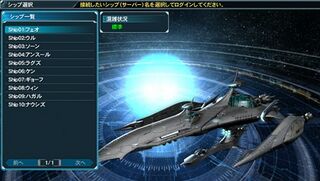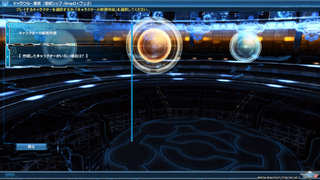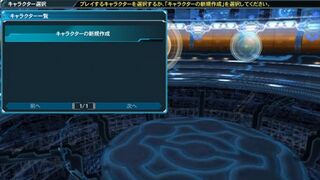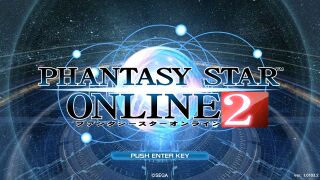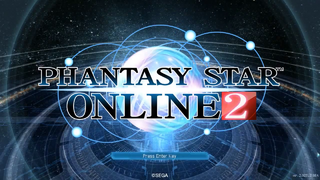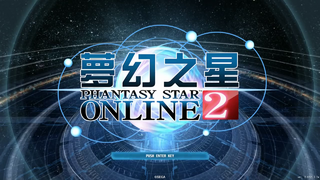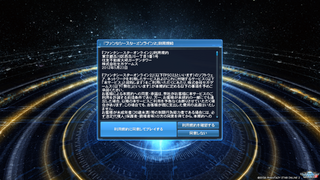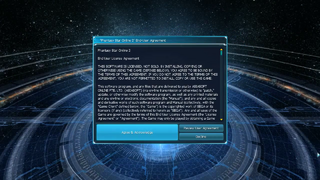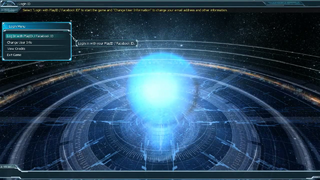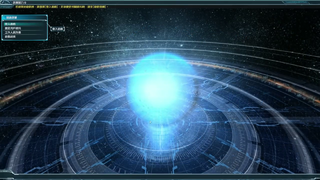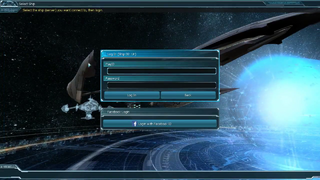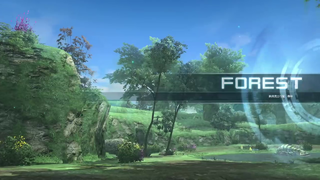|
|
| Line 84: |
Line 84: |
| | {{Comparison | | {{Comparison |
| | | image1=Notavailable.svg | | | image1=Notavailable.svg |
| − | | image2=PSO2_SEA_ForestTitle.png | + | | image2=PSO2_TW_ForestTitle.png |
| − | | image3=PSO2_TW_ForestTitle.png | + | | image3=PSO2_SEA_ForestTitle.png |
| | | game1=Japanese | | | game1=Japanese |
| | | game2=South East Asia | | | game2=South East Asia |
Revision as of 09:40, 6 November 2019
- Back to: Phantasy Star Online 2.
Console Differences (JP)
The following section covers differences present between the various console releases of Phantasy Star Online 2's Japanese release.
<div class="bobtransform" style="transform:scale(1,Expression error: Unexpected < operator.); transform-origin:0% 0%; !important;">
<div style="width:320px; height:Expression error: Unexpected < operator.px;">
320px
|
| PC
|
<div class="bobtransform" style="transform:scale(1,Expression error: Unexpected < operator.); transform-origin:0% 0%; !important;">
<div style="width:320px; height:Expression error: Unexpected < operator.px;">
320px
|
| PlayStation 4
|
<div class="bobtransform" style="transform:scale(1,Expression error: Unexpected < operator.); transform-origin:0% 0%; !important;">
<div style="width:320px; height:Expression error: Unexpected < operator.px;">
320px
|
| Cloud
|
The title screen differs slightly between each version. In particular the "PRESS THE ENTER KEY" prompt is often changed to "PRESS ANY BUTTON". Phantasy Star Online 2 Cloud has a unique logo used in that version's title screen as well.
<div class="bobtransform" style="transform:scale(1,Expression error: Unexpected < operator.); transform-origin:0% 0%; !important;">
<div style="width:320px; height:Expression error: Unexpected < operator.px;">
320px
|
| PC
|
<div class="bobtransform" style="transform:scale(1,Expression error: Unexpected < operator.); transform-origin:0% 0%; !important;">
<div style="width:320px; height:Expression error: Unexpected < operator.px;">
320px
|
| PlayStation 4
|
<div class="bobtransform" style="transform:scale(1,Expression error: Unexpected < operator.); transform-origin:0% 0%; !important;">
<div style="width:320px; height:Expression error: Unexpected < operator.px;">
320px
|
| Cloud
|
The PlayStation Vita menu lets players access an Offline version of the Character Creator and the Vita's augmented reality features. The PS4 version lets players choose between login in using just a PSN or to link a SEGA ID with a PSN account. Lastly the Cloud version lacks the "Exit Game" option.
<div class="bobtransform" style="transform:scale(1,Expression error: Unexpected < operator.); transform-origin:0% 0%; !important;">
<div style="width:320px; height:Expression error: Unexpected < operator.px;">
320px
|
| PlayStation 4
|
The Ship (Server) selection screen differs between the Vita version and most other versions which have been consistently been similar to the PC's. In particular in the Vita version the camera keeps the same perspective used in the title screen and main menu and the Ship is represented by a 2D graphic in place of a 3D model. The only difference present in the PS4 version is the order the Ships are listed in.
|
|
| PC, PlayStation 4 & Cloud
|
The Character Selection screen on the PlayStation Vita version differs greatly from that used in other versions of the game.
Regional Differences (Asia)
The following section covers the differences between the Japanese version of Phantasy Star Online 2 and the various releases the game's had within Asia. (Keep in mind that most versions of the game released in Asia were active whilst older versions of the Japanese version were active, where possible screenshots from older Japanese versions would be used to more accurately reflect the differences present between these releases)
The title screen is changed to reflect the Phantasy Star Online 2 logo used in the region.
The content of the terms of service differs to conform to the different operator responsible for Phantasy Star Online 2 in South East Asia. The Taiwanese version lacks this screen and instead skips to the Main Menu.
<div class="bobtransform" style="transform:scale(1,Expression error: Unexpected < operator.); transform-origin:0% 0%; !important;">
<div style="width:320px; height:Expression error: Unexpected < operator.px;">
320px
|
| Japanese
|
As Phantasy Star Online 2 es was not released outside of Japan, options relating to it have been removed from the Taiwanese and South East Asian release.
<div class="bobtransform" style="transform:scale(1,Expression error: Unexpected < operator.); transform-origin:0% 0%; !important;">
<div style="width:320px; height:Expression error: Unexpected < operator.px;">
320px
|
| Japanese
|
The account used to login to Phantasy Star Online 2 differs between each version to reflect the operator's pre-existing acocunt system. The Japanese version uses the SEGA ID system used in various other games while the South East Asian version uses an AsiaSoft PlayID to login. Furthermore the South East Asian version of Phantasy Star Online 2 lets players use Facebook to login into the game. With that said, unlike the Japanese version the South East Asian version doesn't allow the game to remember a player's username nor does it have a button linking players to the Account Registration page. The Taiwanese version lacks a login screen, most likely as the login functionalities are implemented into the launcher, and will instead direct players to the next step.
<div class="bobtransform" style="transform:scale(1,Expression error: Unexpected < operator.); transform-origin:0% 0%; !important;">
<div style="width:320px; height:Expression error: Unexpected < operator.px;">
320px
|
| South East Asia
|
The English title of each area is left as is in the Taiwanese version. The South East Asia version alters them to display their official English name.
Additional Differences
- All text is localized for each release of Phantasy Star Online 2, however the Asian releases keep the Japanese voice acting.
- The font used for each version differs to better support the language used in those regions.
- Phantasy Star Online 2 es not being released outside of Japan resulted in the removal of functionalities related to it including the NPC attendant responsible for managing connectivity, Seraphy.
- The distribution of the game's content such as the pricing of the game's currency and the method items are obtained differ as a result of each version being managed by different operators.
- Similar to Phantasy Star Universe's Western release, the South East Asia and Taiwan version of the game had different content update schedules from its Japanese counterpart. This unfortunately lead to a large content gap between the Japanese version and the releases in Asia. At the time of closure in 2017, neither version received the Episode 3 update.
References

